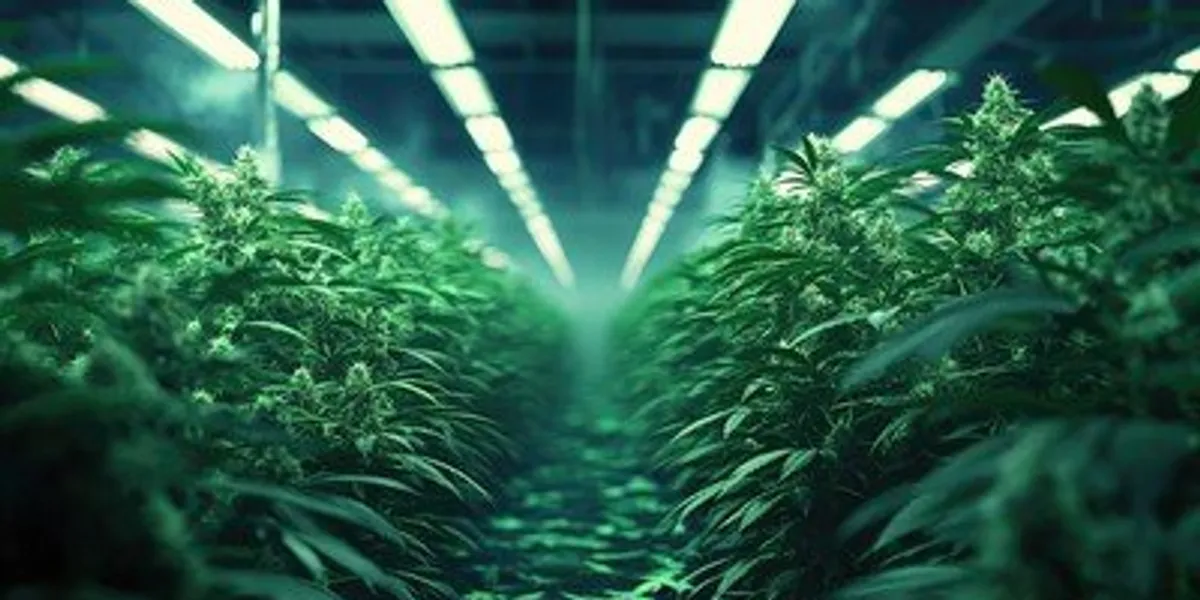Green Rush, Dark Grid: How Cannabis Cultivation is Burning Through Electricity Like Crypto Mines

Indoor Cannabis Cultivation: A Hidden Environmental Powerhouse
In a startling revelation, researchers have uncovered that indoor cannabis production is silently consuming an enormous amount of electricity in the United States, far beyond what many might expect. The industry now claims approximately 1% of the nation's total electricity usage—a figure that surpasses the energy consumption of bitcoin mining and eclipses the greenhouse gas emissions of all other agricultural crops combined.
This groundbreaking study, reported by Nicolás Rivero in The Washington Post, sheds light on the substantial environmental footprint of indoor cannabis cultivation. Typically grown under intense, high-powered lighting systems and in carefully controlled climate environments, these indoor growing operations are proving to be significant energy consumers.
The findings underscore the urgent need for more sustainable cultivation practices in the rapidly expanding cannabis industry. As legalization spreads across more states, the environmental implications of indoor growing methods become increasingly critical.
Stakeholders in the cannabis sector are now challenged to develop and implement more energy-efficient technologies and growing strategies that can reduce their substantial carbon footprint.
